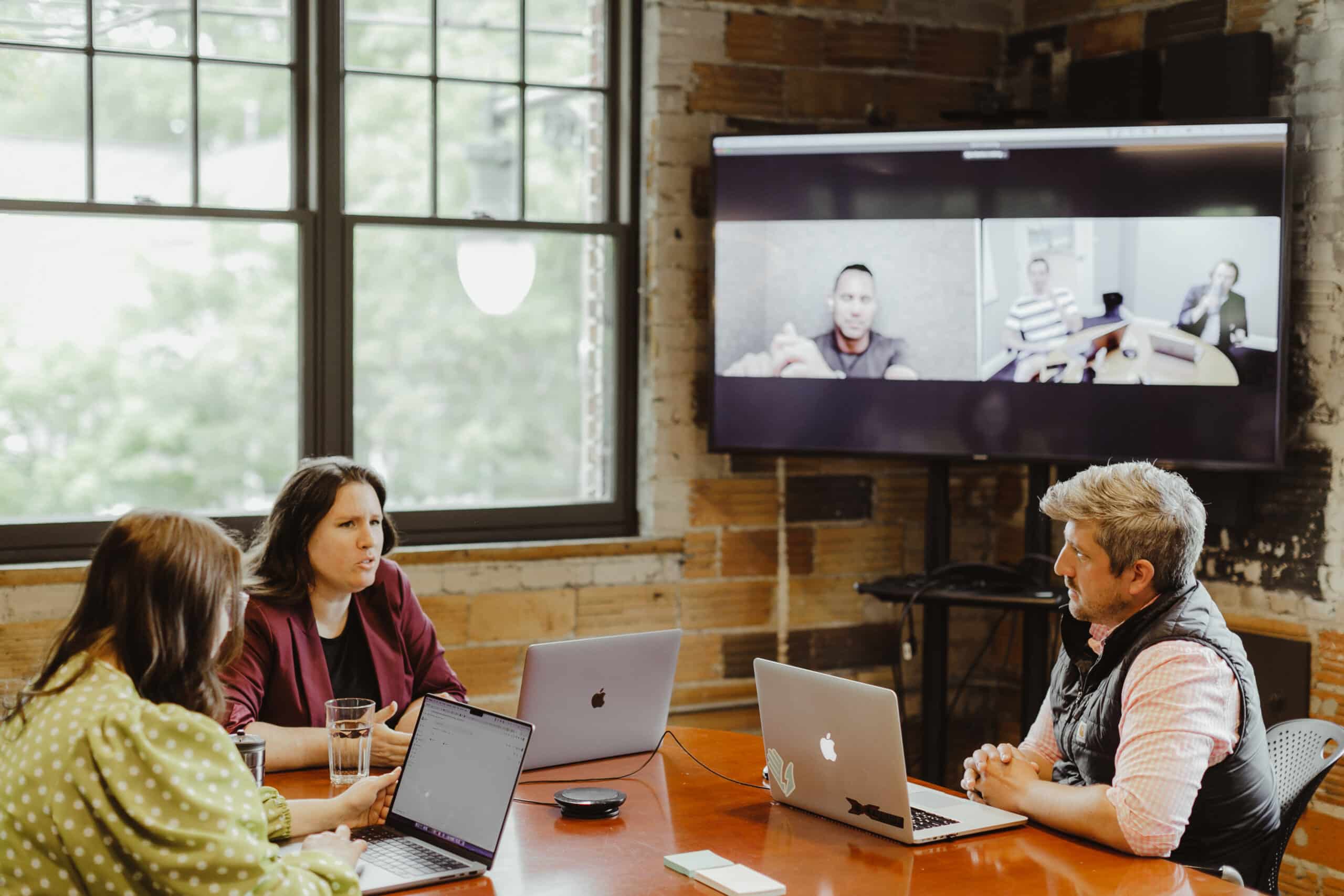Visual Thinking or Design Thinking workshops have been a staple when it comes to creative problem-solving. At Atomic, we use workshops early in our projects as a part of our Research, Design and Planning (RDP) phase. They are a wonderful tool for understanding the problem space and setting the foundations for designing and developing solutions throughout the engagement.
In a recent workshop I hosted, there was a bit of friendly competition among the participants when I split them into groups to work on an activity. I noticed it had a positive impact. Let’s explore competition in Design Thinking workshops.
Keep the competition fun and respectful.
Here are a few tips for incorporating healthy competition into design thinking workshops.
Don’t force it. Instead, let it come out naturally. In Design Thinking, we promote quantity over quality, using activities to generate as many ideas as possible. Forcing competition among the group denotes “right” and “wrong,” and this should be avoided during brainstorming.
Make competitive activities team-based. When there are larger groups for workshops — six or more contributors — splitting them into small teams for some activities works best. If a competitive atmosphere arises, you should limit it to team activities. This prevents a single individual from feeling attacked (or feeling they need to trash-talk others’ ideas).
Keep it Creative. Instead of activities that involve debate, prioritization, or solution development, promote competition in activities that are on the more creative side, and especially outside anyone’s comfort zone. In my recent workshop, I had the groups do the activity “Product Box,” where they had to think of their current application, and design, build, and “sell” a physical box that represented their software!
The Power of Competition in Design Thinking
Having a healthy competitive activity early on in the day got everyone’s creative energy flowing. The desire to do “better” than the other team forced participants to dig deeper and try harder. For the rest of the workshop, everyone was motivated to keep working hard and take ideas to the next level.
Striking a Balance: Collaboration Amidst Competition
Obviously, there’s a delicate balance with competition. It is the facilitator’s job to make sure everything stays healthy and respectful. The facilitator should know whether the group has to capacity to take it too far early on.
In my case, I allowed a little bit of friendly banter among the teams, since they were super-respectful to each other.
The greatest part of team-based competitive activities is watching how teams collaborate together. I enjoyed how a little friendly competition added to the energy of the day in a positive way.

